Several weeks back we learned how the Japan Whisky Research Centre was looking to get the ball rolling on the introduction of stricter standards for the Japanese whisky category. Now we get a first look at exactly what that means.
Just to recap for anyone who may have missed it, “Japanese whisky” as a category does not have a strict definition. Unlike Scotch, for example, which legally requires distillation and maturation to happen in Scotland, Japanese whisky is not legally required to be distilled or aged in Japan. This has resulted in an absolute mess of real Japanese whiskies, fake Japanese whiskies, and things that really aren’t whiskies at all.
2019 marked the first ever Tokyo Whisky and Spirits Competition, put on by the Japan Whisky Research Centre themselves. They have just announced that for the 2020 competition, they will be introducing stricter requirements for entries submitted to the Japanese whisky category.
Specifically, they will now have three categories for Japanese whisky:
- Japanese Whisky
- Japanese New Make Whisky (new category)
- Japan Made Whisky (new category)
Let’s look at each in detail.
Japanese Whisky – the new definition
This category understandably has the strictest requirements. Here they are:
- Mashing of the grain and saccharification must occur via barley enzymes or other natural enzymes (koji is not allowed) in Japan.
- Fermentation with with yeast in Japan.
- Distillation to 95% abv or lower in Japan.
- Maturation of at least 2 years a wooden cask or other wooden vessel in Japan.
- Bottling at 40% abv or more. The addition of spirit caramel (E150a) for coloring is permitted.
The above is applicable for single malt, single grain, blended malt, blended grain, and blended whiskies.
Notably, the below points are not in the requirements:
 Origin of the raw ingredients. Similar to the Scotch legal standard, there are no requirements of the origin of the malt or other grains that go into the whisky.
Origin of the raw ingredients. Similar to the Scotch legal standard, there are no requirements of the origin of the malt or other grains that go into the whisky.- Type of still or number of distillations. For malt or grain whiskies, both pot stills and continuous stills are permitted.
- Any specific mash bill. There must be a primary grain used of at least 51%, but which grain(s) are not defined. This is deliberate and leaves the door open for more rye, rice, wheat, etc.-based Japanese whiskies in the future.
- Blending and bottling does not have to occur in Japan. We haven’t seen many examples of Japanese whiskies blended and/or bottled outside of Japan, but they do exist.
- Any specifics about the size of the cask/vessel or even the wood. Again this was a deliberate move to accommodate maturation in more “Japanese” vessels like the oke, which is traditionally used in sake production and is made from cypress — not oak.
And about that two-year minimum maturation. It’s not three years, as we have with Scotch. Tsuchiya-san explains in the Q&A about the new requirements that the Scotch three-year requirement was created in 1914 on the watch of David Lloyd George to reduce whisky consumption, not as a measure to ensure product quality. The reality is that much of Japan has a more mild climate than Scotland, so it’s entirely possible that whisky matured in some parts of Japan gets matured “enough” in just two years. TWSC also wants to support Japan’s craft whisky industry, and many distilleries have only come online in the past year or so.
Japanese New Born Whisky
This category is also to accommodate Japan’s craft whisky industry. All of the above requirements for Japanese Whisky remain true here, except the maturation. Japanese New Born Whisky must be matured under 2 years.
Japan Made Whisky
This is a new category designed to accommodate whiskies that use some amount of whisky imported from outside of Japan.
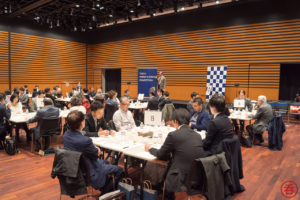 Although the above requirements for Japanese Whisky hold true, the geographical requirement is gone for every step of the whisky-making process from mashing to maturation. Those steps can happen anywhere in the world.
Although the above requirements for Japanese Whisky hold true, the geographical requirement is gone for every step of the whisky-making process from mashing to maturation. Those steps can happen anywhere in the world.
Importantly though, Japan Made Whisky must actually contain some proportion of Japanese Whisky (as defined above), and must be blended in Japan. TWSC hasn’t gone as far as requiring a minimum here, so in theory, even a teaspooned whisky would qualify.
Even so, this shuts out many fakers from entering any of the above categories. Many fakes use only imported whisky, and are simply matured/bottled in Japan. From 2020 on, those whiskies will need to be entered into the “World Whisky” category of TWSC, rather than any Japan-related categories.
Summary chart
TWSC has published a handy PDF that summarizes the category requirements, but it’s only in Japanese. So here’s a brief summary chart in American.
What Whiskey Richard thinks
It’s nice to see both the Japan Whisky Research Centre and Tokyo Whisky and Spirits Competition finally draw a line in the sand for Japanese whisky. “Whisky” in Japan has historically seen very little in the way of requirements about purity, and these new categories for TWSC should provide a good framework for further discussions.
I think they’ve done a decent job of capturing the intricacies of Japanese whisky, closing the loopholes that many have exploited. For example by saying you can’t use koji during your saccharification, they are shutting out all of those “Japanese whiskies” which are actually just aged shochu. By specifically requiring some amount of Japanese Whisky even in the Japan Made Whisky category, they are shutting out all of the fakers who use 100% imported liquid, slap some Japanese-looking label on it, and peddle it as Japanese whisky.
At the same time, they have left in quite a bit of flexibility in terms of raw ingredients and the maturation process. Any grain is fair-game! Flexibility to include Japanese whiskies which don’t even exist yet — could we one day see a rice-based Japanese Whisky? (note the capitalization)
That said, I would also be interested to learn how these requirements will be enforced, even if just for the TWSC itself. Is it the honor-system, i.e. self-disclosure? Or will the TWSC staff actually do on-site inspections to see how a given whisky is really being made?
Looking forward
This is only a first step of what’s likely to be a very long road. And perhaps it’s the quickest win — it’s a private organization holding a private event. These requirements are entirely at the discretion of the TWSC organizing committee.
Convincing both the industry and government to adopt similar requirements will be a much tougher nut to crack. While this recently happened for Japanese wine, given that some Japanese whisky distilleries built their businesses upon the use of imported whisky, it’s likely to see pushback when JWRC tries to take it further. And I’ll remind you that the practice of using imported whisky isn’t limited to just smaller, shadier companies — both Nikka and Suntory took advantage of loose regulations for decades, and probably even still do.
At the very least though, we have started down a path that demands more transparency about what our Japanese whisky is, and what it isn’t. I’m looking forward to seeing where it takes us.
Hi there! I created and run nomunication.jp. I’ve lived in Tokyo since 2008, and I am a certified Shochu Kikisake-shi/Shochu Sommelier (焼酎唎酒師), Cocktail Professor (カクテル検定1級), and I hold Whisky Kentei Levels 3 and JW (ウイスキー検定3級・JW級). I also sit on the Executive Committees for the Tokyo Whisky & Spirits Competition and Japanese Whisky Day. Click here for more details about me and this site. Kampai!

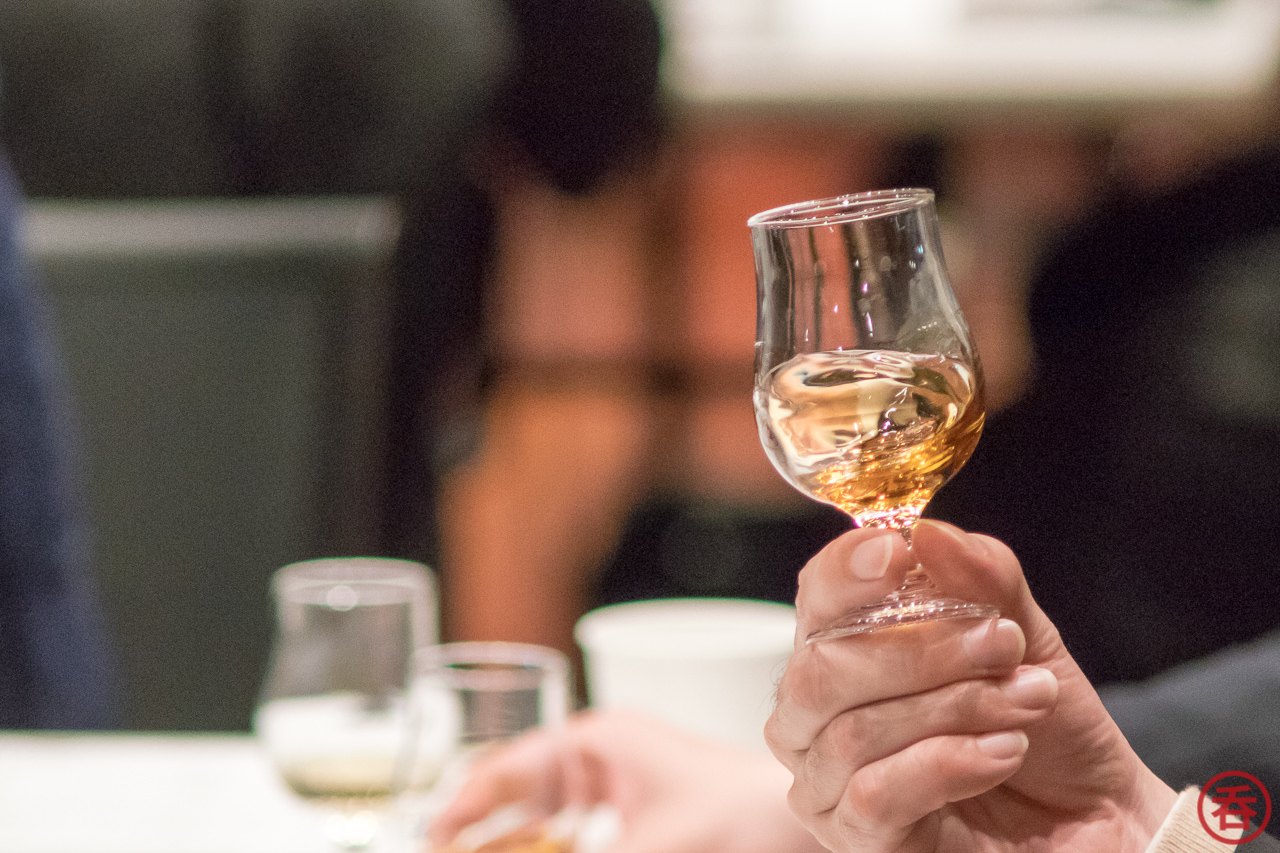
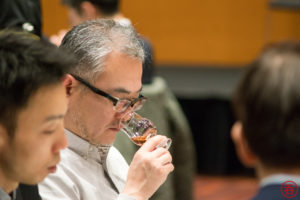
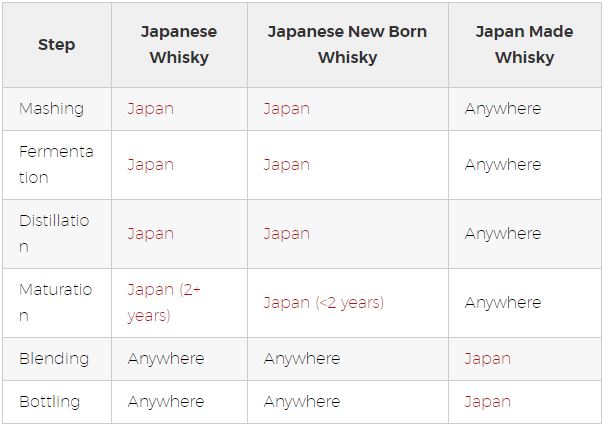
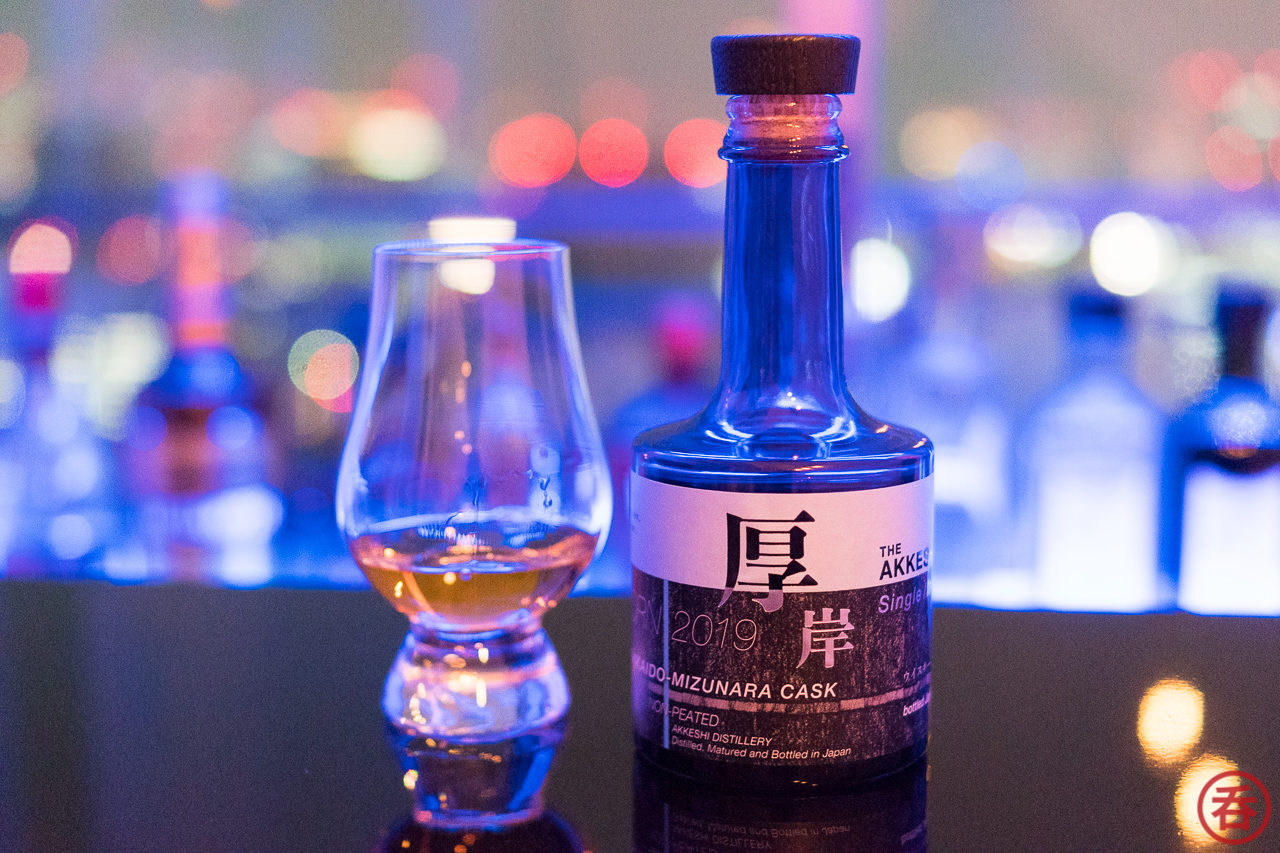
8 Comments